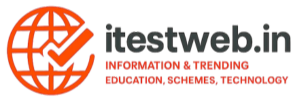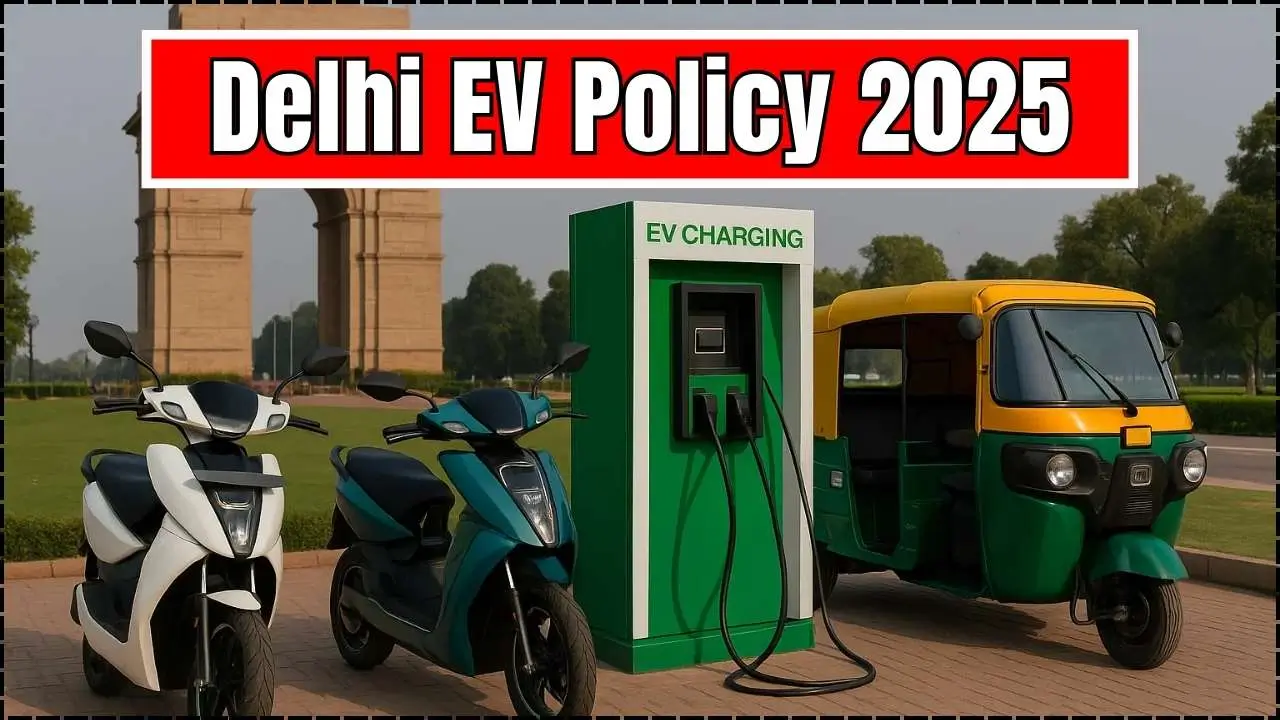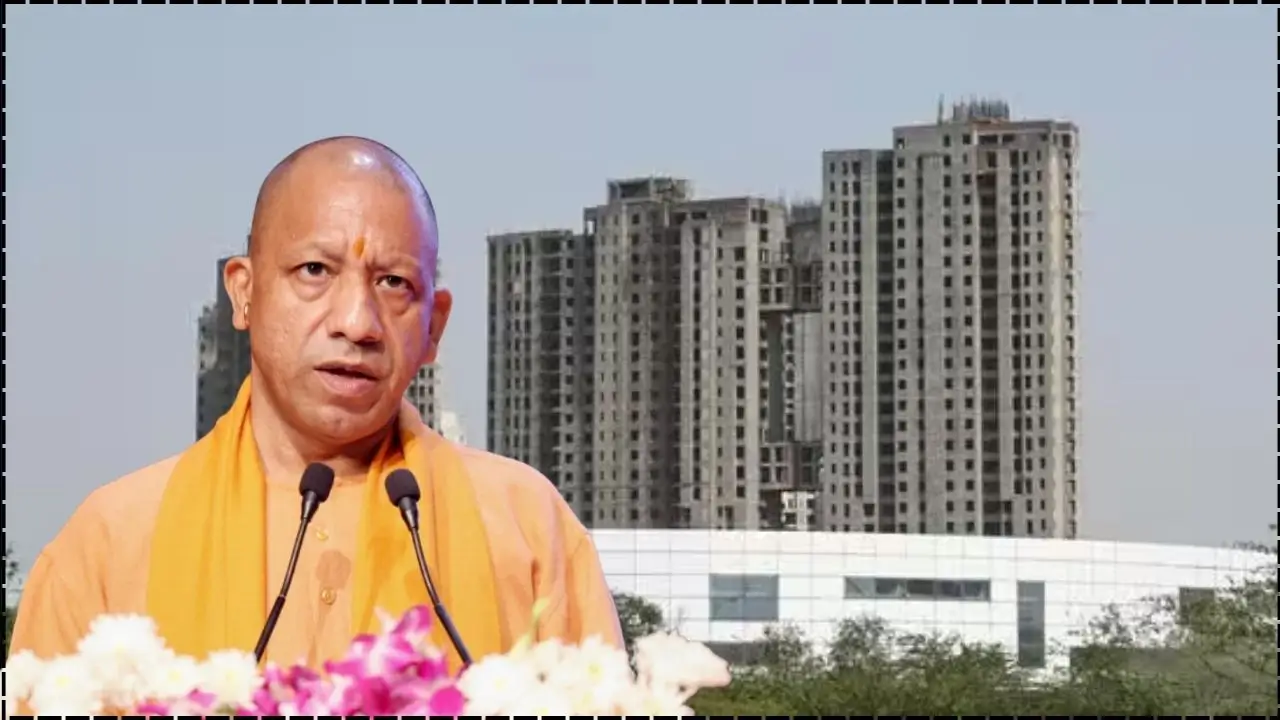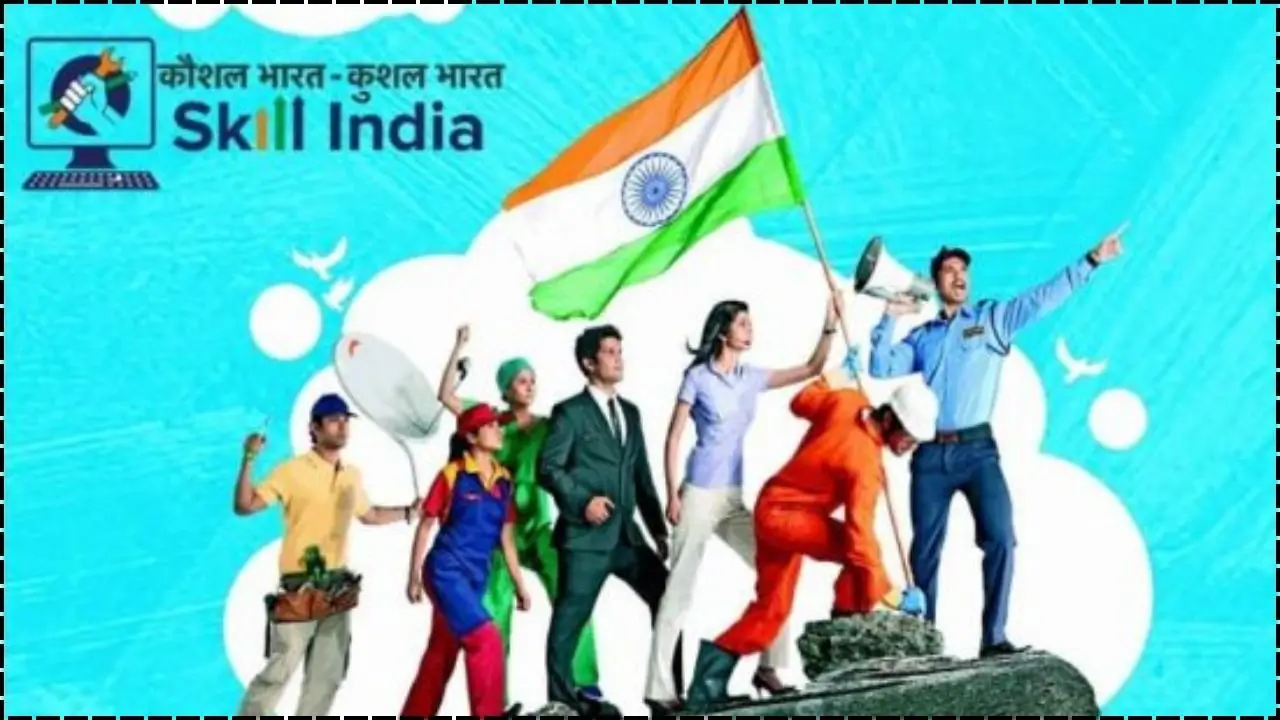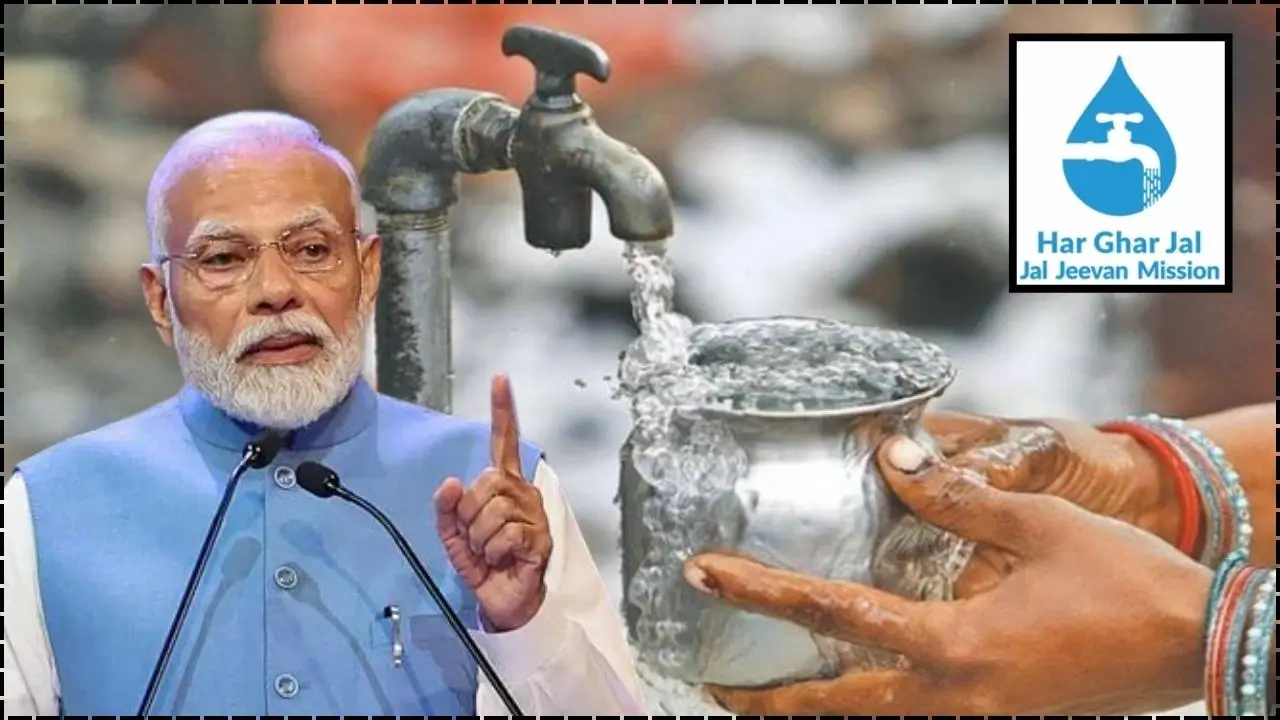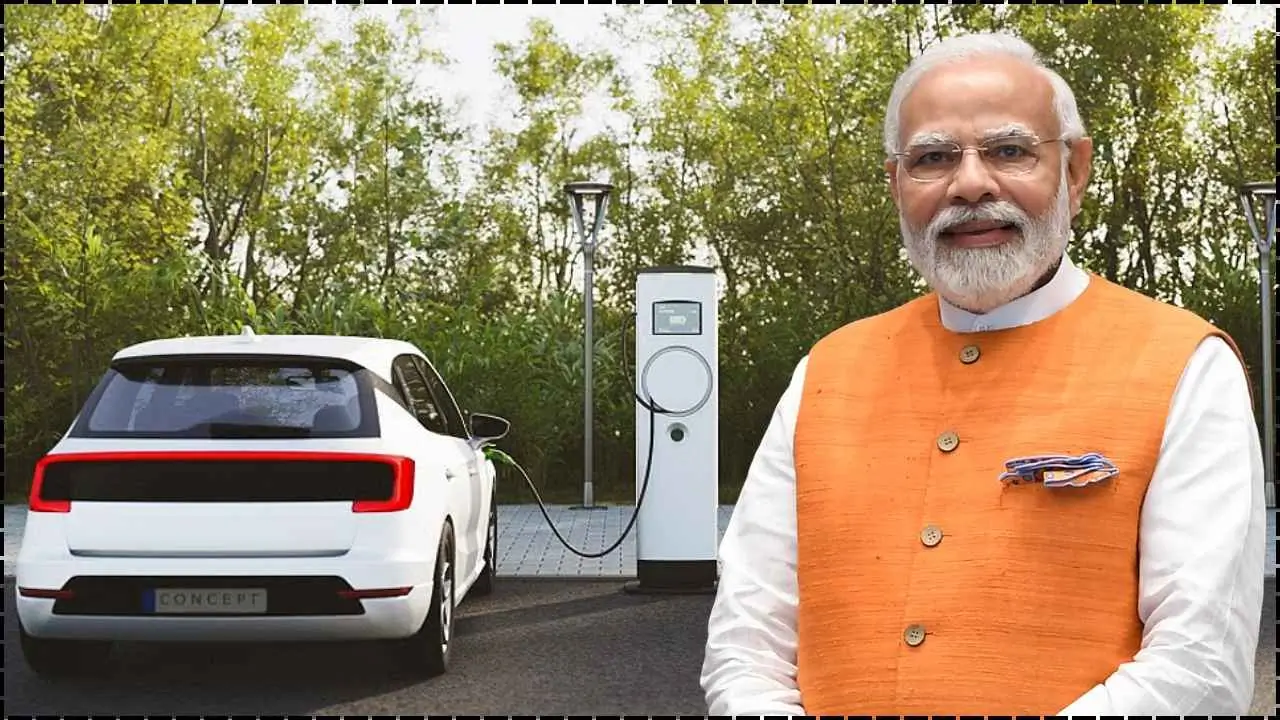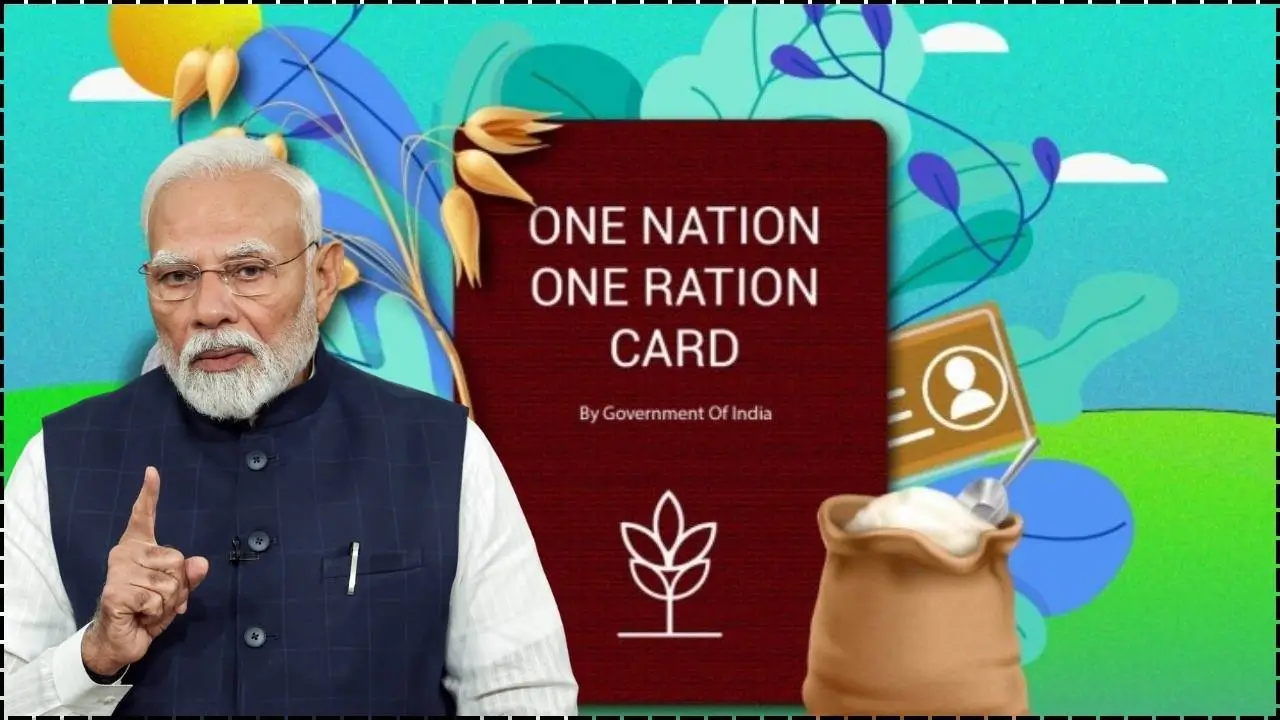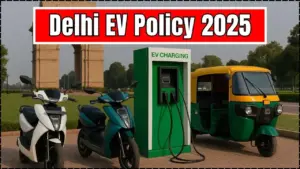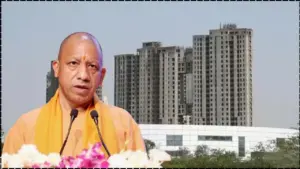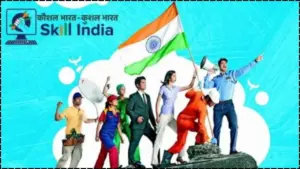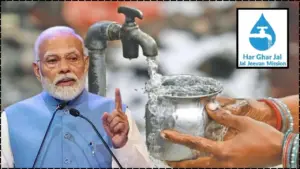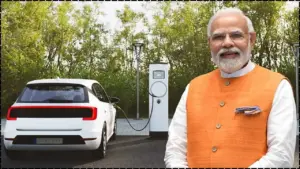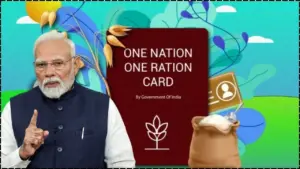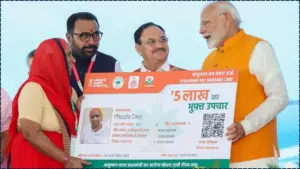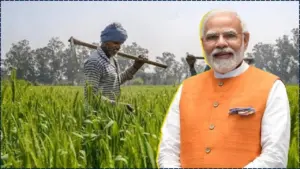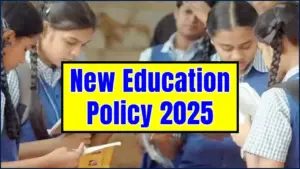The Ayushman Bharat Pradhan Mantri Jan Arogya Yojana (PMJAY), India’s flagship health insurance scheme, has undergone significant changes in 2025. These changes expand eligibility and aim to provide free healthcare services to a broader section of the population, including vulnerable groups and senior citizens. This update promises to enhance medical access and affordability across the nation.
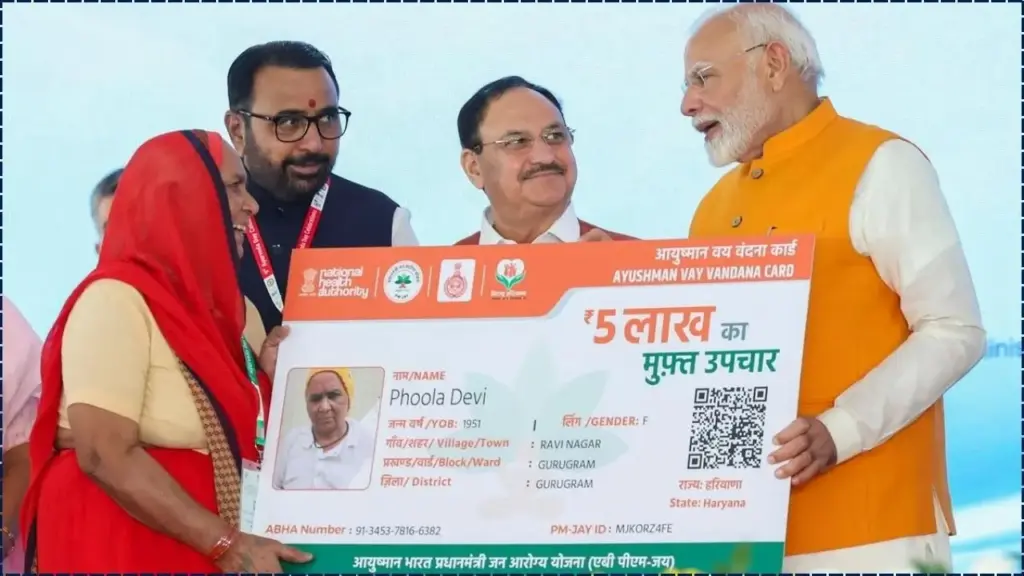
Ayushman Bharat 2025
| Key Fact | Detail/Statistic |
|---|---|
| Eligible Age for Senior Citizens | All citizens aged 70+ now eligible for ₹5 lakh coverage |
| Expanded Family Coverage | 12 crore families, covering 55 crore individuals |
| Eligible Beneficiary Categories | Rural and urban poor, senior citizens, manual laborers, and health workers |
| Pre-existing Conditions Covered | All pre-existing conditions covered without a waiting period |
| Cashless Treatment Locations | 32,000+ empanelled hospitals nationwide |
The 2025 updates to Ayushman Bharat PMJAY represent a transformative step towards universal health coverage in India. By extending benefits to senior citizens, vulnerable families, and frontline workers, the scheme promises to provide affordable and accessible healthcare to millions. With its expansive coverage and easy accessibility through digital tools and physical centers, Ayushman Bharat continues to be a critical part of the nation’s health infrastructure.
What is Ayushman Bharat PMJAY?
Launched in 2018, Ayushman Bharat Pradhan Mantri Jan Arogya Yojana (PMJAY) is India’s largest health insurance scheme aimed at providing free secondary and tertiary medical care to the poor and vulnerable population. The scheme offers an annual coverage of ₹5 lakh per family for hospitalization expenses. This coverage is extended to all pre-existing conditions, ensuring that all beneficiaries, including the elderly and the disadvantaged, can access the healthcare they need without financial strain.
Key Changes in 2025: Who Is Now Eligible for Free Healthcare?
1. Senior Citizens:
A significant change in 2025 is the expansion of benefits for senior citizens. All citizens aged 70 and above are now automatically eligible for ₹5 lakh worth of annual coverage. Previously, this age group was not universally covered, but with the new policy update, it includes seniors regardless of socio-economic status. This shift is a recognition of the growing need for healthcare among the elderly population, who often face chronic illnesses that require expensive treatments.
2. Vulnerable Rural and Urban Families:
Eligibility continues for the 12 crore families identified under the Socio-Economic Caste Census (SECC). These families are identified based on their occupation, land ownership, and living conditions, such as:
- Families with no able-bodied adult members.
- Households without access to adequate shelter.
- Families of manual laborers, such as farmers and construction workers.
Additionally, urban poor categories, including street vendors, domestic workers, and small-scale artisans, are also included under the scheme. This expansion ensures that vulnerable populations across both rural and urban India benefit from the healthcare scheme.
3. Frontline Health Workers:
Healthcare workers, including ASHA workers, Anganwadi workers, and other frontline medical staff, are now eligible for coverage under the scheme. The inclusion of these workers ensures that those providing essential health services are adequately supported, improving the overall healthcare ecosystem.
4. People with Disabilities and Those Affected by Extreme Poverty:
Persons with disabilities, including mental disabilities, are now also covered under the expanded rules. This ensures that individuals from marginalized communities receive the necessary healthcare services without financial barriers. Families that fall under the Scheduled Caste (SC) and Scheduled Tribe (ST) categories are also fully covered, further promoting inclusivity.
Check Eligibility and Apply for Ayushman Bharat 2025?
To access free healthcare under Ayushman Bharat PMJAY, individuals can check their eligibility using the following methods:
- PMJAY Website: The official portal offers an “Am I Eligible?” tool for checking eligibility. Beneficiaries can also register through the portal.
- Mobile Application: The PMJAY app, available for both Android and iOS devices, allows beneficiaries to check their eligibility and access healthcare services.
- Helpline: Individuals can contact the toll-free helpline 14555 for further assistance.
- Common Service Centers (CSCs): Beneficiaries can visit the nearest CSC for in-person support.
Once eligible, individuals will be issued an Ayushman Bharat card, which allows them to access cashless treatment at any of the 32,000+ empanelled hospitals across India.
Related Links
Check West Bengal Digital Land Records Status Online: Here’s How It Works
Apply for Telangana e-District Services Online: Step-by-Step Process Explained
Register for PM Kisan Samman Nidhi 2025 in Bihar: Check How to Apply
What Healthcare Services Are Covered?
Under the Ayushman Bharat PMJAY, beneficiaries are entitled to comprehensive healthcare coverage, which includes:
- Hospitalization: Free secondary and tertiary care in over 32,000 empanelled hospitals across India.
- Pre-existing Conditions: All pre-existing health conditions are covered without a waiting period, which ensures immediate access to medical treatment.
- Maternity Care: Maternity benefits, including delivery and post-natal care, are provided to eligible women.
- Surgical Procedures: Coverage for surgeries such as heart surgeries, cancer treatments, and kidney transplants.
- Diagnostic and Treatment Costs: In addition to hospitalization, diagnostic tests and medications are also covered under the scheme.
Impact of the Expansion:
The projected 2025 expansion of Ayushman Bharat represents a monumental and compassionate commitment to upholding the fundamental right to health for every citizen, poised to transform India’s healthcare system into a true sanctuary of well-being. By purposefully extending coverage to millions more, particularly vulnerable groups.
Including the elderly and disabled, the government is proactively dismantling the cruel barrier of medical poverty, offering crucial relief to poor and marginalized families. These new, inclusive rules are a profound step towards a more equitable society, ensuring that access to life-saving medical services is determined not by one’s economic status or geographical location, but by their inherent need for care and dignity.
